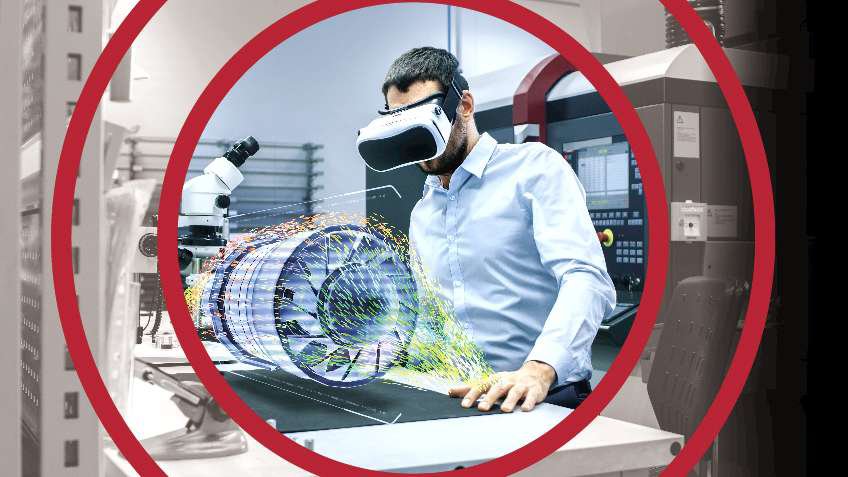Even though they both ran on Modbus, their set-up routines and parameters were completely different. Even when these hurdles were discussed right at the beginning of the project, there were still a number of months before everything got to the point where the issues would present themselves.
Just to give you an idea of a worst-case scenario, I once had to travel from Houston, Texas, to Karachi in Pakistan to troubleshoot two connected systems that started their counters at different times – one at one and the other at zero. This was an innocuous little offset that single handedly disabled all communications.
My job revolved around adding a one in the programme and then jumping on a plane to go and sort the same problem at a different plant in another country.
I am extremely grateful that the days of multi-language, multi-protocol, black-box control solutions are confined to the annals of history, because I can now visit customers and champion the ease and straightforwardness of a single control, design and programming environment.
Now we are able to automate the automation and slash the engineering time required to design machine and plant systems – even bespoke ones. We quickly figured out that 80% of machine coding deals only with the automation and the remaining 20% is where you, as a machine builder, can add the real value, creating the features and functionality that makes your machines unique.
By exploiting pre-engineered machine-builder libraries and pre-written application code, which cover a wide array of pre-sets, you can remove an enormous amount of engineering from the design process.
The time saved in doing the basics can now be used to create the wow factor. Look at it as building a house. If we deliver the foundation and framework in a modular, easy to use, pre-engineered block, you can then spend more time worrying about differentiation and creating the elements that will make your house stand out.
This foundation also provides a robust platform for other value-added elements such as (and I am jumping back into the machine-building world here), full connectivity and easier scalability, coupled to real-time and predictive analytics.
Just to throw a spanner in the works, the potential complexity of modern automation and process systems has been exacerbated by the introduction of smart devices and IoT/Industry 4.0 capabilities, but this would only be an issue if the supporting software had not seen commensurate advances. The good news is that the software is keeping pace and the design process is as straightforward as it has always been.
I can go on about this for hours, but I think you get the point. In a nutshell, single platform, single environment control and process solutions are the way forwards and are underpinning a great deal of what many of your end customers are deploying in their operations.


